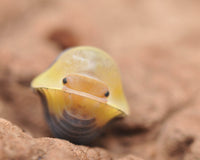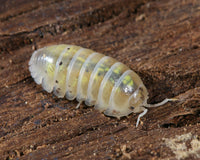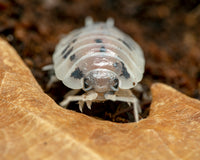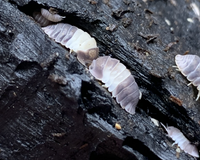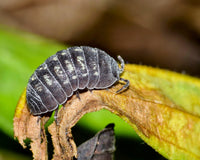Breeding Isopods using an Organic Living Soil methodology allows the Isopod breeder to experiment with the soil life they have created. Since we are breeding Isopods with a long-term approach, we can teach ourselves how to combat pest problems from Mother Nature by using predatory insects and predatory mites. Our main objective in this article is to teach you how to combat Mother Nature USING Mother Nature to solve common issues.
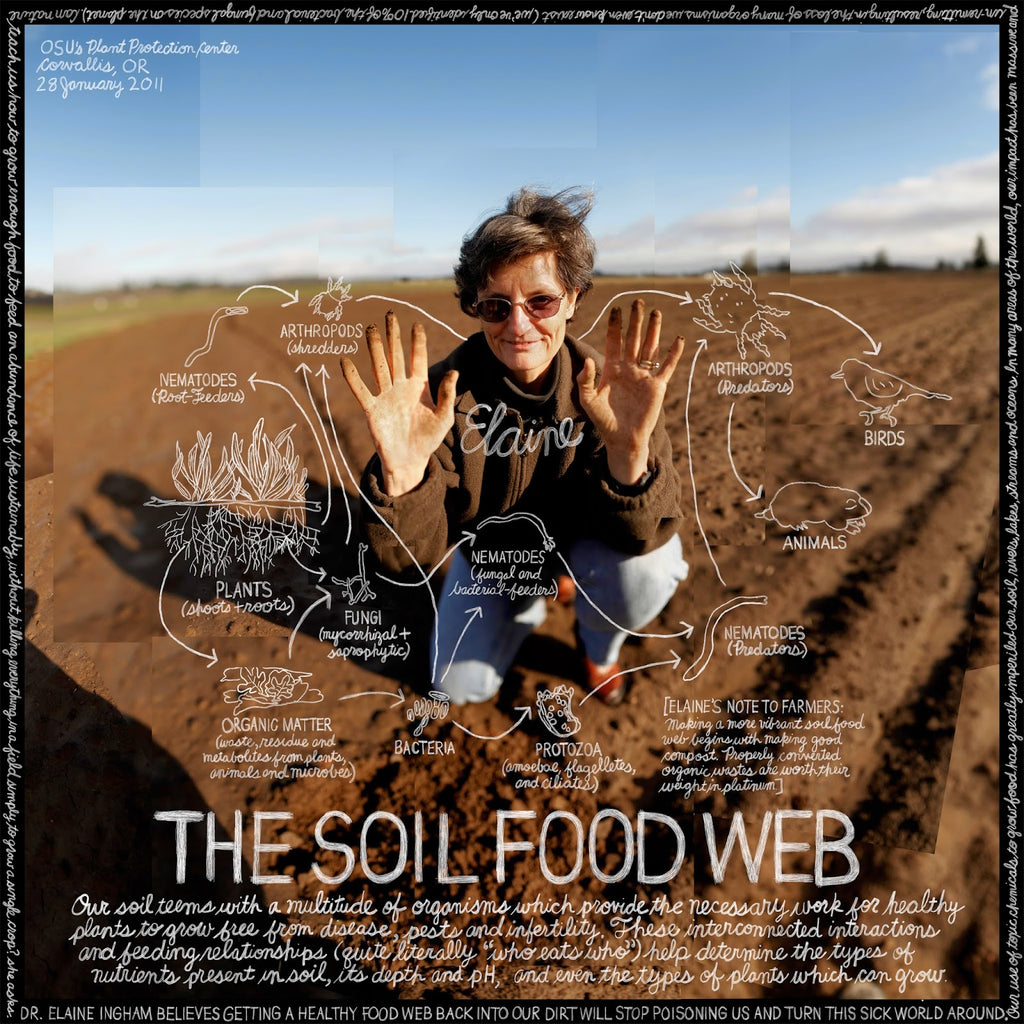
This beneficial army, known collectively as the Soil Food Web, protects the Bio-Active's soil structure and harmonizes in a symbiotic relationship with composting worms. Adding this skill set to one's Isopod Integrated Pest Management System (IPM) playbook allows you to trust and believe that Mother Nature will combat common pest issues (Thrips, Fungus Gnats). Therefore, giving freedom back to the Isopod breeder and focusing on becoming a proactive and forward-thinking breeder compared to a reactive one.
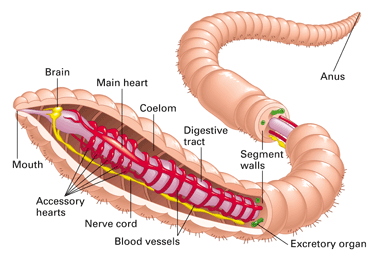
Composting worms are the soil's "intestinal engine" that drives the Soil FoodWeb feeding the entire microbial world with a complete closed-loop nutrient cycling system. They consume organic matter and transform the newly produced carbon into a living and breathing soil inoculant. This inoculant contains Bio-Film!
Freshly made worm castings are the authentic secret sauce of why our company chooses to make our Vermicompost for our Isopods. Vermicompost allows us to breed Isopods on a Bio-active living soil substrate that continues to improve over time and offers more decomposing matter to the newly developing Isopods.
Decomposing organic matter turns into Carbon, and Carbon is the currency of the entire Soil FoodWeb system. The more Carbon you have adding to the soil system, the faster these exchanges can occur. The natural beauty of this system is that it continues to improve month after month and year after year.

Composting worms dig and build dissolved oxygen channels and allow soil mites, especially the white springtail mite, to "hitch a ride" onto the worm's bio-film. Then, they move around the soil system working in harmony with the composting worms to break down organic matter into carbon. The more composting worms Bio-Active Isopod breeders have to work and continue driving the soil's engine, the quicker the newly created soil life can keep up with the high nutrient demands of a thriving Isopod colony.
Once the soil's microbial life begins to thrive, we can purposely increase our worms populations by using a process that has become famous on Instagram as "AvocadoTech." All Composting worms, Red Wigglers, European & African Nightcrawlers, and the Alabama/Georgia Jumper are hermaphrodites. As such, they can reproduce much quicker because of these genetic traits. Composting worms love the oils and fats found within the avocado and seem to prefer to "congregate" around avocados over other available options.
What Do Isopods Eat In Nature?
Once the Isopod breeder has created enough abundant microbial life, we can begin to attract worms from all over the Bio-Active soil medium using an organic avocado. The universal code in grocery stores is that a 9 in front of the product codes represents an organic product. Look for this number when you purchase your organic fruits and vegetables for your worm farm. Staying proactive about what food you feed your worms will go a long way in helping to maintain your worm farm once it is established. Composting worms are one of the most expensive parts of any living soil Isopod substrate budgeting list. Here is a tried and true method of saving facilities hundreds to thousands of upfront costs by implementing "Avocado Tech."

The Number #4225 Represents A NON-Organic Avocado

The Number #94770 Represents An Organic Avocado 
#AvocadoTech In 6 Easy Steps We Simply:
1) Cut the avocado in half, exposing the fleshy green side and the pit side
2) Move enough topsoil to allow placement of one half of the avocado
3) Do the same for the second half of the avocado
4) Only bury the avocado halfway, exposing the skin above the soil line
5) Lightly mist water over avocado skin and surrounding area every other day
6) Allow two weeks to pass with the avocados placement being undisturbed

This avocado recipe will begin to help breed all of the diverse soil microbial life an Isopod farmer needs to breed high-end Isopods (Cubaris sp.) This recipe will begin to reproduce isopods (roly polys), white springtail mites, rove beetles, composting worms, Hypoaspis miles mites, and predator mites known as the Amblyseius swirskii and Neoseiulus californicus.

With optimal conditions, composting worms will begin to double in population every 90 days. Calcium sources such as Gypsum, Oyster-shell flour, and eggshells, and our favorite Coral Calcium aid in the speed and increased reproduction capabilities. Calcium is KING when it comes to next-level worm farming and Vermicomposting forward-thinking.








